Hydrogen won’t be a viable fuel source without a replacement catalyst for platinum. This MoS2 hybrid looks set to provide some realistic competition.
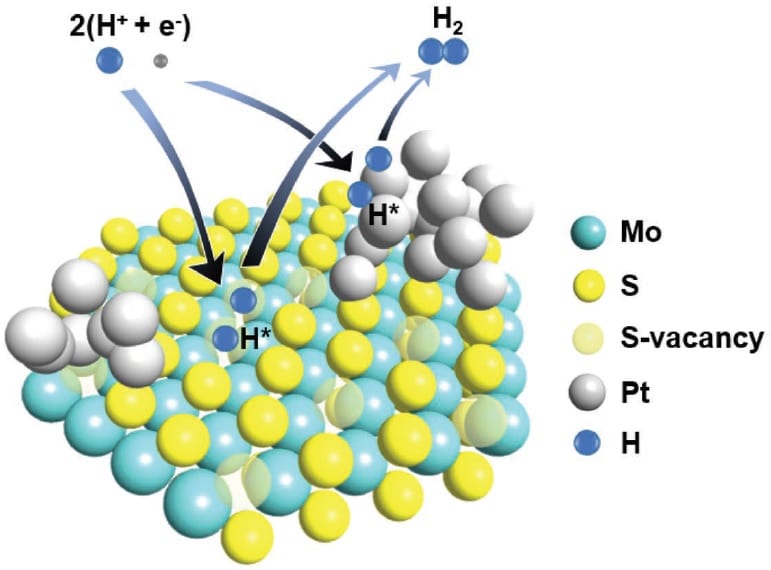

Hydrogen won’t be a viable fuel source without a replacement catalyst for platinum. This MoS2 hybrid looks set to provide some realistic competition.
If 2°C warming by 2100 is to be prevented, it will become important to adopt strategies that not only avoid CO2 emissions, but also allow for the direct removal of CO2 from the atmosphere.

Researchers from Washington University in St. Louis describe a novel technique to fabricate perovskite solar cells, which have tremendous potential in the future designs of photovoltaic technology.
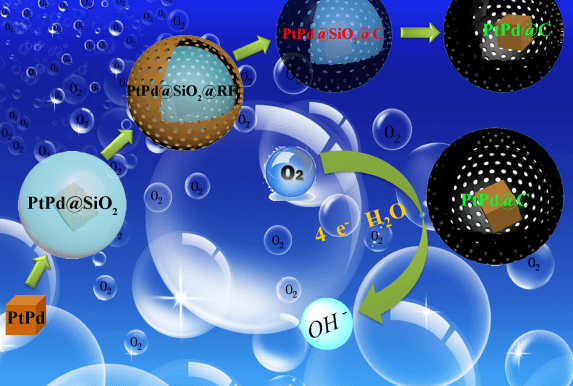
Wei Chen and co-workers control the thickness of a carbon shell encapsulating precious metal catalysts to yield efficient electrocatalysts.
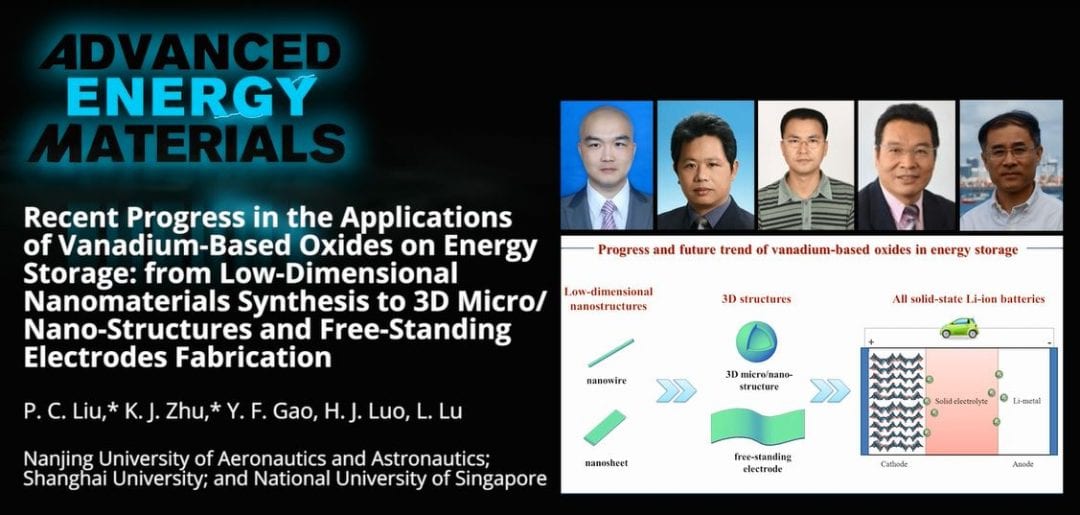
Researchers from Nanjing University of Aeronautics and Astronautics review the current developments and future opportunities for the application of vanadium-based oxides in Li- and Na-ion batteries.
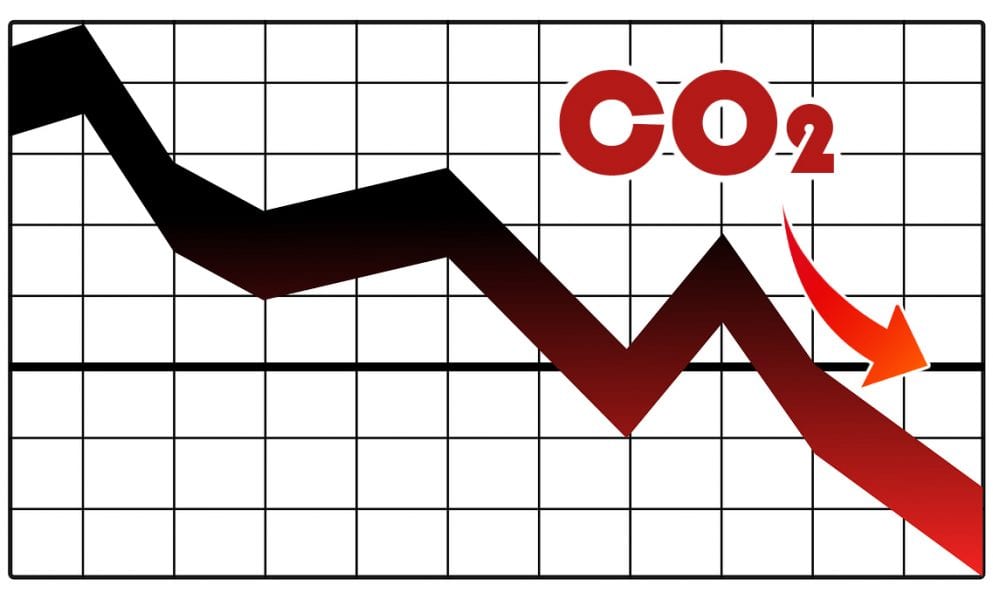
Our global community has been tasked to define and implement a Manhattan style strategy for reducing CO2 emissions at the gigatonne scale. The vision to accomplish this heroic goal is a holistic paradigm, which makes use of all the technologies in the CO2 utilization...
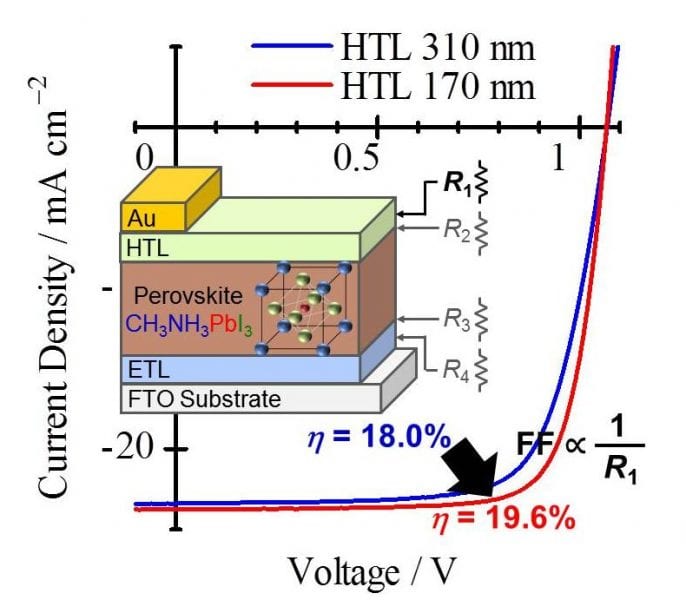
Perovskite solar cells with different thicknesses of the hole-transporting layer are fabricated.
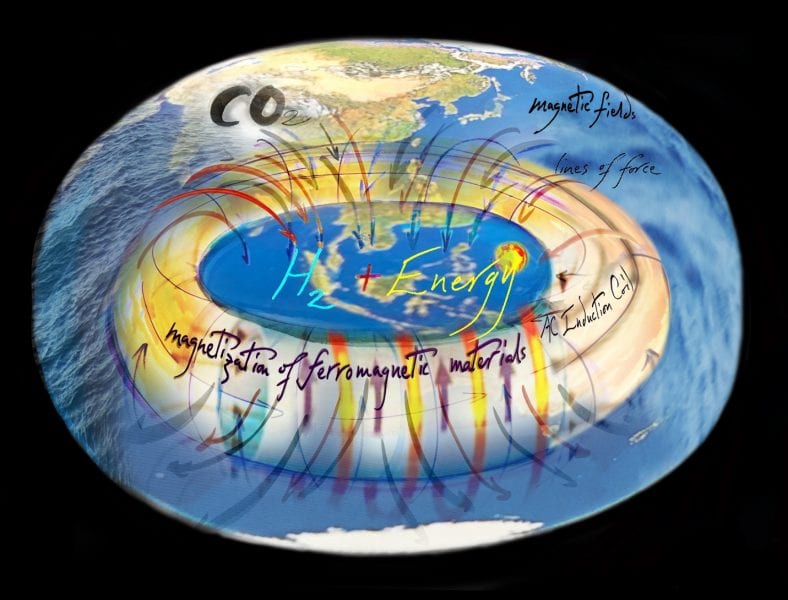
A chemistry and engineering nano-solution that aims to safeguard Earth against climate change can be imagined metaphorically as a “Life Raft” that will sustain renewable energy systems and living systems “thriving and buoyant” over the next thousand years when fully deployed around the globe.

What are we going to do with the rapidly increasing concentrations of CH4 and associated combustion product CO2 building up in our atmosphere?
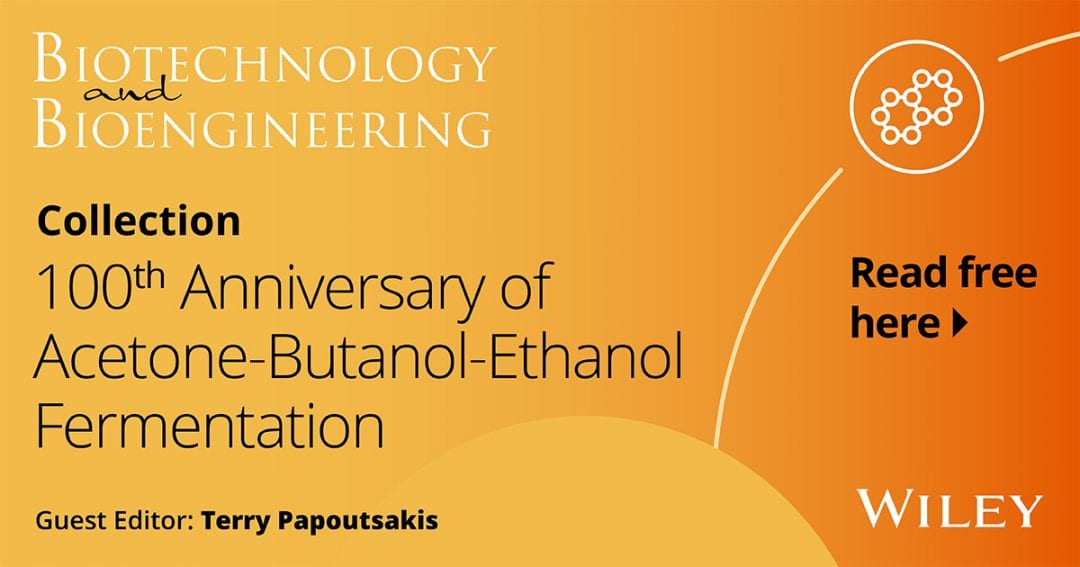
Biotechnology and Bioengineering has published a Virtual Issue to celebrate the 100th Anniversary of Acetone-Butanol-Ethanol Fermentation.